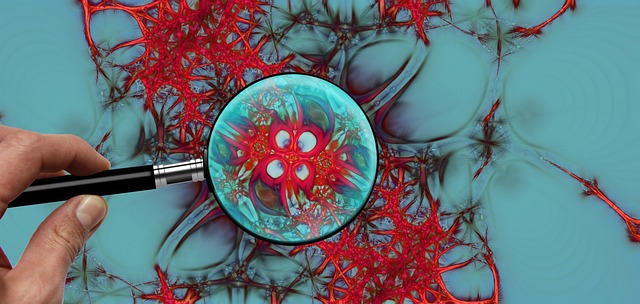It’s just a thought.
What’s the big deal? We think lots of thoughts.
No harm – no foul, right?
Nothing hurtful was spoken. No punches were exchanged.
“I can think anything I want!”
Well, not so fast, grasshopper.
Turns out, even our most fleeting of thoughts has significant consequences inside of our bodies.
I have written about the effects of negative self-talk before in foodtalk4you, and my new book, Toolkit for Caregiver Emotions, (out this summer) has a section about managing the inner dialogue as well. The more research I do about the power of our thoughts, the more I want to practice, learn, and share with you.
The most recent foray into this science of the mind, stemmed from an article my daughter shared with me: Somatic Movement Center – Placebo Effect, which has started a cascade of reading – and well, thinking.
Please read that article. Copy and paste it into a word document. Reread it. Highlight it in a rainbow of colors. Reread it again. Add italics. Underline. And reread it again. Absorb its meaning and the implications to you.
Here’s a glimpse of what I have gleaned:
“Only about two percent of diseases, can be blamed on single genes and can be considered truly unavoidable.
The vast majority of us are born with genetics that can allow us to be healthy throughout our lives—given the right environmental conditions.
Research shows that only 5% of an adult’s genes are unchangeable; the other 95% can be turned on and off by environmental factors.
What exactly is the environment? The environment that affects our genes includes factors outside our body that we may have limited control over, and inside our body that we potentially have total control over.
Genes do not randomly turn themselves on and off. The majority of genes are inactive until an environmental signal tells them to turn on. And once they’re turned on, they require an environmental signal in order to be turned off.”
Do you wonder what the environmental signals are?
We create those environmental signals inside of our bodies.
How?
By the nature of the thoughts we think. Our thoughts generate electrical signals that course along the nerve cells in our brains, which direct what kind of a protein, called a neuropeptide, is released.
As those neuropeptides are swimming around our bodies, our individual cells pick them up through receptors:
“The input that the receptors receive affects the behavior and structure of the cell. So as we have thoughts and experience emotions, the activity and structure of the trillions of cells throughout our body are affected.”
Eventually, the genes found in the cell’s nucleus/brain are influenced to start a cascade of events that will turn on or off the expression of that gene. In other words – you may have inherited genes for XYZ disease/condition, but you are in control of creating the environment that will turn those genes on or off.
This is a lot to take in.
There is rock hard science behind people getting out of wheelchairs, fighting the odds, or beating diseases. We will be revisiting this topic in future posts.
For this week, let’s practice running our inner dialogue through the parameters of what this article is revealing to us.
Remember: Our mind believes what we tell it. We, alone, can reprogram our thoughts to generate better outcomes within our bodies.
Thinking health in all things,
Deidre
Sometimes it’s a recipe; sometimes it’s an idea or an exercise. You never know what’s coming up next; but you can be assured it’s something that’s good for you. Scroll to the bottom of your device or to the top left of your computer screen to subscribe to foodtalk4you today. No gimmicks. No hype. Thanks.









